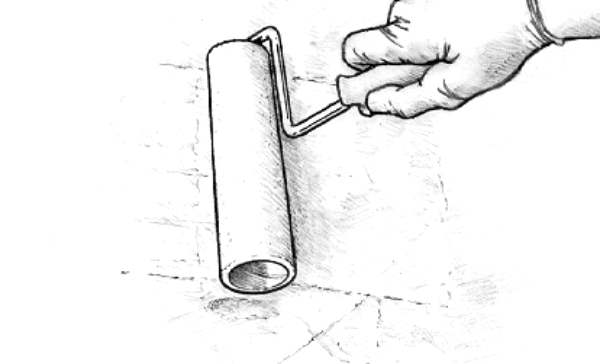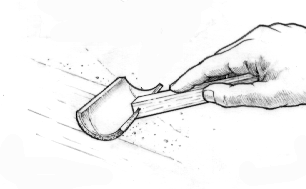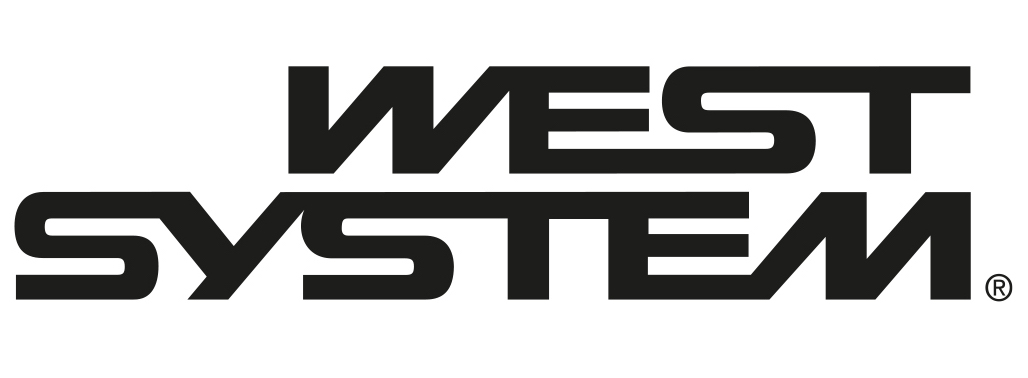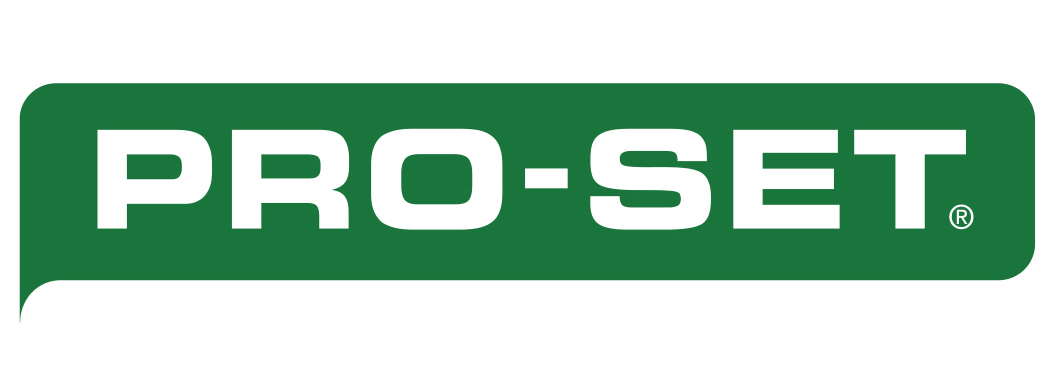How to use WEST SYSTEM Epoxy
Barrier coating for structures made with WEST SYSTEM epoxy
Once you have assembled your components and bonded them together, it is time to apply a protective barrier coat to prepare the structure for final finishing.
The object of barrier coating is to build up an epoxy thickness. This will provide an effective moisture barrier and a smooth base for final finishing.
This page covers:
How to apply an epoxy barrier coating
How to apply extra coats
How many extra coats to apply and when to use additives
Barrier coating tools
Barrier coating for osmosis repair
How to apply an epoxy barrier coating
1. Prepare the surface for bonding
2. Mix a limited amount of epoxy only
Mix only as much resin/hardener as can be applied during the open time of the mix. Mix the epoxy thoroughly then pour into a roller pan.
3. Load the roller with a moderate amount of the epoxy
Roll out the excess on the raised section of the roller pan to make sure there is a uniform coating round the roller.
4. Roll lightly and randomly
This will transfer the epoxy evenly over an area of approximately 600mm x 600mm.

Roll lightly and randomly over a small area. Spread the epoxy into thin even film
5. Spread the epoxy into a thin even film
As the roller dries out, increase pressure to spread the epoxy into a thin even film. Increase the coverage area if necessary to spread the film more thinly and evenly. The thinner the film, the easier it is to keep it even and it will also be easier to avoid runs or sags in each coat.
6. Finish the area with long, light, even strokes to reduce roller marks
Overlap previously coated areas with newly coated areas to blend both areas together.
7. Coat as many of these small working areas as possible with each batch
If a batch begins to thicken before it can be applied, discard it and mix a fresh, smaller batch.
8. ‘Tip off’ the coating
Do this by dragging a foam roller brush lightly over the fresh epoxy in long, even, overlapping strokes after each batch is applied. Use enough pressure to smooth the ‘stipple’, but not enough to remove any of the coating. Alternate the direction in which each coat is tipped off. For example, for the 1st coat, move vertically, for the 2nd, horizontally, for 3rd coat vertically and so on. A WEST SYSTEM® 800 Roller Cover can be cut into segments to make an excellent ‘tipping’ brush.

Tip off the coating by dragging a foam roller brush lightly over the fresh epoxy.
How to apply extra coats
Apply the second and any subsequent coats of epoxy by following the same procedures. Ensure that the previous coat is still tacky but has also cured firmly enough to support the weight of the next coat. To avoid sanding between coats, it is best to apply all coats in the same day. After the final coat has cured overnight, wash with clean water and abrade the surface to prepare for the final finish.
Complete all fairing and cloth applications before beginning the final coating. Allow the temperature of porous surfaces to stabilise before coating. If you do not leave enough time for this, the material will warm up and air within the porous material may expand and pass from the material through the coating. This so-called ‘out-gassing’ may leave bubbles in the cured coating.
How many extra coats to apply and when to use additives
Apply a minimum of two coats of WEST SYSTEM epoxy for an effective moisture barrier. Moisture protection will increase with additional coats.
Apply three coats if sanding is to be carried out.
Apply six coats, or about a thickness of 600 microns for osmosis repair and protection.
Six coats, with 422 Barrier Coat Additive™ in the final five coats, provides maximum moisture protection. Additives or pigments should not be added to the first coat. Also, do not add thinners or solvents to WEST SYSTEM epoxy.
Barrier coating tools
Disposable, thin urethane foam rollers, such as WEST SYSTEM 800 or 790 Roller Covers, allow greater control over film thickness, are less likely to cause the epoxy to exotherm and leave less stipple than thicker roller covers. If you’re struggling to reach difficult areas, cut the covers into narrower widths. A paint brush can be used for smaller areas if the bristles are stiff enough to spread the epoxy to an even film.
Barrier coating for osmosis repair
Osmosis, otherwise known as gel-coat blistering, is a complex phenomenon that affects boat hulls. Before starting any treatment, we strongly recommend seeking the advice of a qualified marine surveyor with experience in osmosis repair. Specialist boatyards or contractors will be able to obtain a full report from a surveyor before starting work on the hull.
Hull constructions are very varied so there is no way to guarantee long-term 100% success after a repair.




